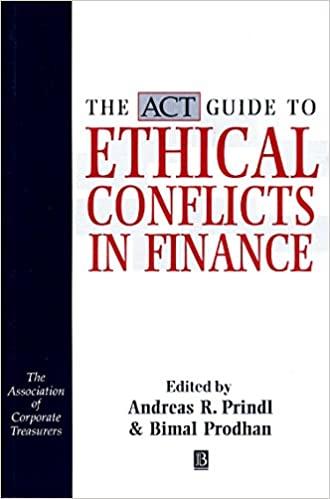2. The basic principles of property insurance What are the basic principles of property insurance? There are two major types of insurance that protect your real and personal property, and that of others: property insurance and liability insurance. As several of the principles on which property and liability insurance are based differ from those underlying life and health insurance, it is important that you be aware of these differences so that you can structure your coverage and respond to a claim appropriately. The purpose of property insurance is to protect policyholders against losses to their real property and personal property due to catastrophe and calamity. These contracts require policyholders to identify and describe the property that is covered and to specify the causes of loss, called perils for which a policyholder will be compensated in the event of loss. However, instead of protecting against every possible cause of loss, property insurance policies generally restrict their protection to carefully specified causes of loss and specifically exclude causes that the insurance companies don't wish or can't afford to cover. Which of the following are typical causes of loss that are usually limited or excluded from most homeowner's or automobile insurance policies? Check all that apply. Mudslides Vandalism Rising water or flooding Earthquake ignment: Chapter 10 Protecting Your Property Earthquake be enriched beyond Property insurance policies are based on the principle of indemnification which maintains that an insured should not his or her original financial condition as the result of a loss. This means that a policyholder cannot expect to receive more in compensation from the insurance company than his or her economic loss cash value of the damaged or As a result of this principle, property insurance policies often limit their reimbursement to the actual destroyed property, which is calculated by subtracting the value of the item's financial depreciation from its current replacement cost. This depreciation is usually the result of wear and tear Ethan's Story: Actual Cash Value vs. Replacement Cost Coverage Ethan owns a house in and last week suffered some damage to his house. Specifically, a portion of his home was damaged by a fire and the damage to the structure and his personal property is expected to have a replacement cost of $5,000. The same items, which had an original cost of $2,000 when he'd bought them six years ago, had an estimated useful life of ten years. After calling his insurance agent, Ethan was reminded that he carries full insurance on, or 80% of the replacement cost value of, the house. However, to save $60 per year in his premium, he 'd only covered his possessions for their actual cash value. Given this information, Ethan can expect to receive only have received in compensation for his loss. In contrast, if he had carried replacement cost, instead of actual cash, coverage, then he would F Property insurance companies retain several rights and can impose several requirements on its policyholders. Among them are: After it has paid a claim, the right of the person's insurance company. This is called the right of The requirement of which The C Jamison's two insurance policies to request reimbursement from either the person who caused the loss or that a policyholder to buy insurance in an amount equal to a specified percentage of the of the property. clause, which states that if a person has more than one insurance policy, then each company is liable for amount of the loss based on its proportion of the total insurance covering the property. Jamison's two insurance policies Jamison owns a house in Newport and carries two insurance policies on it. The first policy carries a policy limit of $125,000, the second carries a limit of $95,000. Given a covered loss of $6,000, the first policy will pay a maximum amount of and the second policy will pay a maximum of









